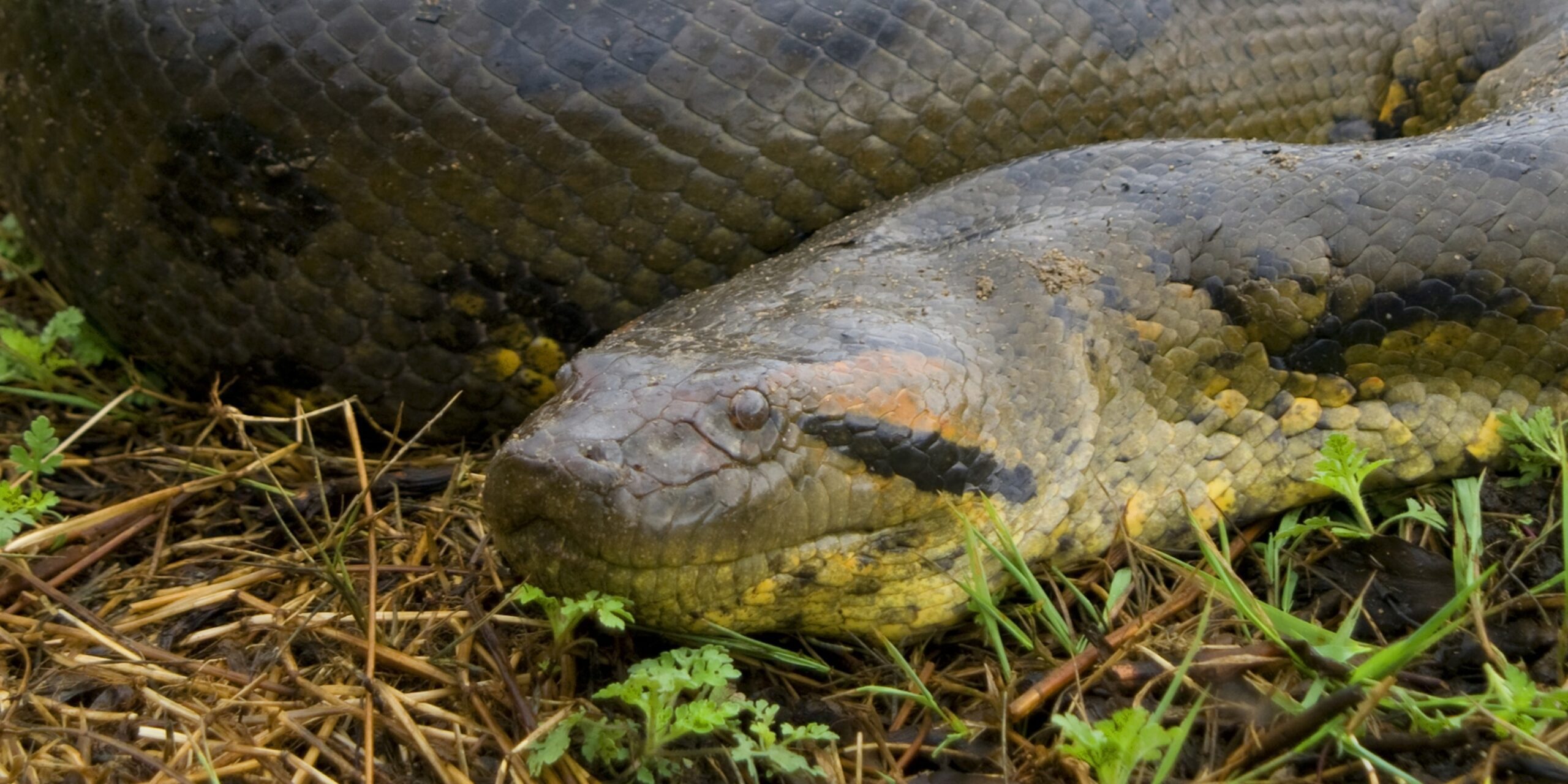The article explores the differences between the anaconda and python, two of the largest snakes in the animal kingdom. While they share similar appearances, with the anaconda being larger and more muscular than the python, the two species have different preferred habitats and hunting strategies. The anaconda is an ambush predator that preys on aquatic creatures, while the python is an active hunter that can take down larger land animals. Anacondas give birth to live offspring, while pythons lay eggs. Ultimately, both species are fascinating creatures that inspire awe and wonder in people around the world.
Introduction
Snakes are fascinating creatures that have been the subject of countless myths and legends throughout human history. Among the many species of snakes that exist, two stand out as the largest: the anaconda and the python. Both these serpents are known for their immense size and incredible strength, but how do they compare to each other? In this article, we will take a closer look at the anaconda vs. python debate to see what sets these giants apart.
Appearance
The anaconda and python are quite similar in their overall appearance, but they have a few key differences that set them apart. The anaconda is typically larger than the python, with some specimens reaching lengths of up to 30 feet or more. Anacondas are also more muscular and thick-bodied than pythons, with a rounder shape and a distinctive greenish-brown coloration. Pythons, on the other hand, tend to be slightly smaller (although still quite large) and have a more slender, elongated body shape. They can range in color from light gray to dark brown or even green, depending on the species.
Habitat
The anaconda and python are both found in tropical regions around the world, but they have slightly different preferred habitats. Anacondas are typically found in the rainforests and swamps of South America, while pythons can be found in Africa, Asia, and Australia. Anacondas prefer to live near rivers, lakes, and other bodies of water, where they hunt for prey such as fish, birds, and reptiles. Pythons are more adaptable and can be found in a variety of habitats, from forests and grasslands to deserts and even urban areas.
Behavior
The anaconda and python have different hunting strategies and behavior patterns. Anacondas are ambush predators that lie in wait for their prey, coiled up among the vegetation near the water’s edge. When an unsuspecting animal comes within striking distance, the anaconda will lunge forward and wrap its powerful body around the prey, suffocating it with its coils. Pythons, on the other hand, are active hunters that will stalk and chase down their prey. They use their speed and agility to catch their meals, which can range from small rodents to larger animals like antelopes and crocodiles.
Diet
The anaconda and python have similar diets, although anacondas tend to favor aquatic prey while pythons hunt primarily on land. Both species are carnivorous and will eat a variety of animals, depending on their size and availability. Small snakes, rodents, birds, and lizards are common prey for both the anaconda and python, while larger specimens have been known to take down deer, wild pigs, and even humans (although such attacks are extremely rare).
Reproduction
The anaconda and python have different reproductive strategies. Anacondas are ovoviviparous, which means that they give birth to live young that have hatched from eggs inside the mother’s body. Anacondas can give birth to litters of up to 20 or more offspring at a time. Pythons, on the other hand, are oviparous, which means that they lay eggs. Female pythons will typically lay a clutch of 20-30 eggs, which she will incubate and protect until they hatch.
Conclusion
The anaconda and python are both amazing creatures that inspire awe and wonder in people around the world. While they have many similarities, they also have unique traits and behaviors that set them apart. Whether you prefer the muscular, aquatic lifestyle of the anaconda or the sleek, agile movements of the python, there is no denying the majesty and power of these remarkable serpents.
